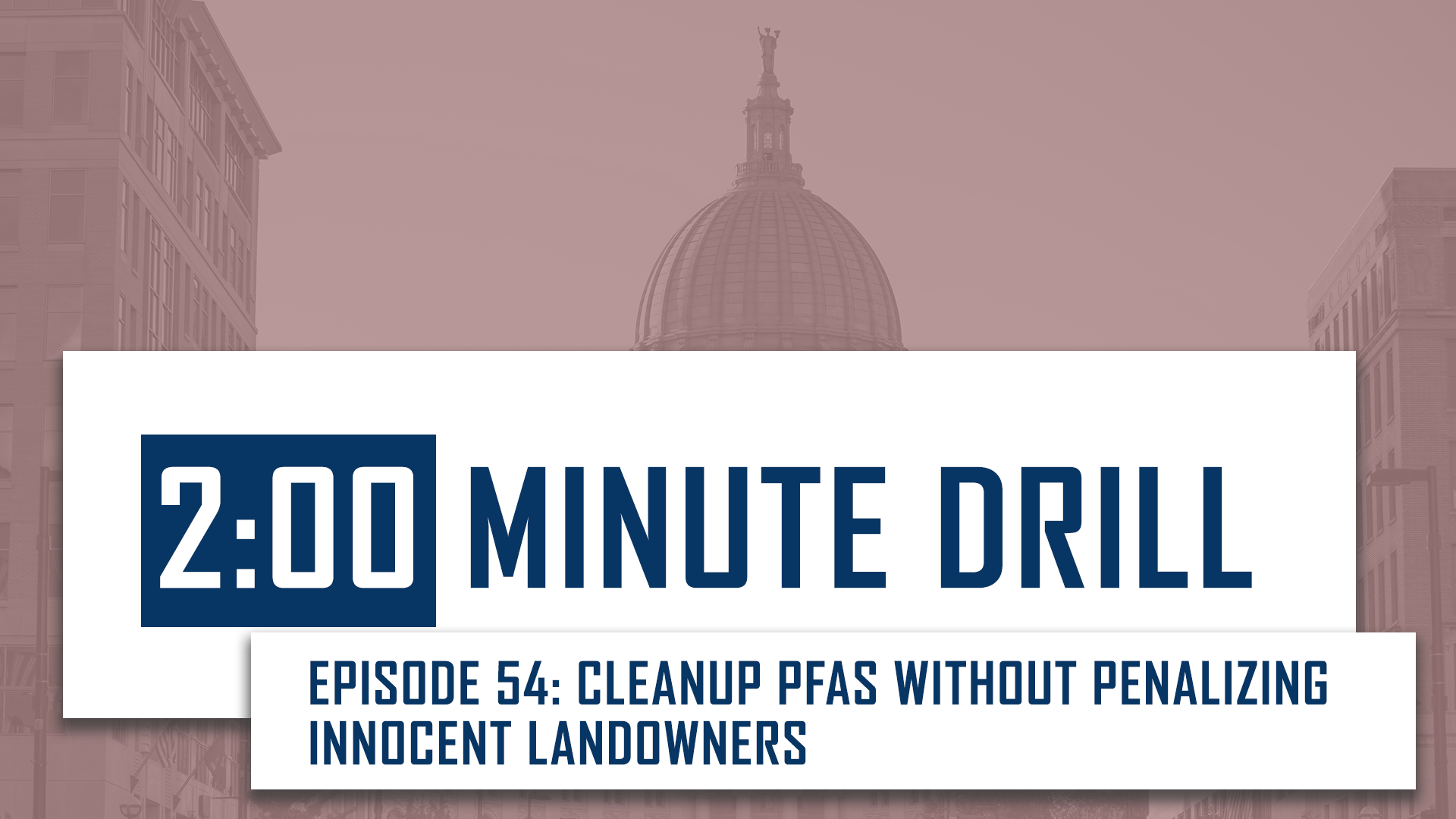OSHA has released its final rule on protecting workers from exposure to silica, marking the agency’s first updated regulation for the material since 1971.
The agency estimates that the rule will save more than 600 lives and prevent more than 900 cases of silicosis – an incurable lung disease – each year. The rule also is intended to help protect against lung cancer, chronic obstructive pulmonary disease and kidney disease.
The new permissible exposure limit for respirable crystalline silica – 50 micrograms per cubic meter of air averaged during an 8-hour shift – matches what NIOSH recommended in 1974. OSHA’s new PEL is half the previous limit for general industry and 5 times lower than the previous limit for construction.
“Unfortunately, it has taken over 40 years for the politics to catch up with the science,” Secretary of Labor Thomas Perez said during a March 24 press conference. “In the meantime, the industry has changed, technology has progressed, businesses have innovated. A good government also adapts, even if it’s long overdue.”
Under the previous rule, employers simply had to stay below the permissible exposure limit, OSHA administrator David Michaels said during the press conference. “But they wouldn’t have to do anything other than that, and we would go into worksites and measure and often find lack of compliance.”
The new rule covers engineering controls, protective clothing, medical surveillance and other issues. OSHA presents the rule as two standards – one for general industry and maritime and the other for construction. Highlights include:
- Lowering the permissible exposure limit for crystalline silica to 50 micrograms per cubic meter of air averaged during an 8-hour shift
- Mandating that employers use engineering controls and work practices to restrict worker exposure, bar access to high-exposure sites, supply respiratory protection when controls cannot curb exposures to the PEL, train employees, and offer medical exams to highly exposed workers
- Offering a table of specified controls that construction employers can follow for “greater certainty and ease of compliance” without monitoring exposure
- Allowing employers to have enough time to satisfy requirements by spacing out compliance dates
OSHA created the table in response to small construction employers’ claims that measurement is expensive and difficult, Michaels said, adding that construction employers can avoid measuring by following the table’s principles.
Both standards are scheduled to go into effect on June 23, 2016. Industries will then have one to five years to meet most requirements. The construction industry must comply by June 23, 2017; general industry, maritime and hydraulic fracturing must adhere to requirements by June 23, 2018; and hydraulic fracturing will have until June 23, 2021, to comply for engineering controls. The extended time allows employers to provide medical exams to some workers, and gives hydraulic fracturing employers the opportunity to implement dust controls for the new PEL, OSHA states.
Approximately 2.3 million workers are potentially exposed to respirable crystalline silica, including 2 million construction workers and 300,000 workers in foundries and brick manufacturing facilities and at hydraulic fracturing sites, OSHA states.
OSHA has been working on the silica rulemaking since at least 2003. The agency sent a draft of its final rule to the White House Office of Management and Budget in December.
Despite the delays in rulemaking, Perez pointed out that some critics will say OSHA moved too fast.
“I guarantee that if and when someone files a lawsuit – and I’m confident that if that happens we will prevail – one of the arguments they’re going to make is we went too fast,” Perez said. “And the record will show we were very deliberate and considered every comment, left no stone unturned and came down with a result that respects the science, mirrors the science, and is the product of a very inclusive process.”
In September 2013, the agency published a proposed rule on silica that included changing the PEL to a level NIOSH recommended in 1974. OSHA received more than 1,700 comments from the public, and more than 200 stakeholders gave testimony during hearings. Many industry stakeholders opposed the proposed reduced PEL of 50 micrograms per cubic meter of air, down from the current level of 100. Michaels said the annual compliance cost will be about $1,500 for the average employer and less than $600 for employers with fewer than 20 workers. Stakeholders have alleged that the change will be costly and difficult to measure.
The cost for industry will be more than $1 billion annually, but it will reap benefits of about $7 billion, Michaels said.
“The [cost] is high because this will affect a lot of employers across the country, but it’s going to save a lot of lives,” Michaels said.
A known human carcinogen, crystalline silica exists in sand, stone, soil, concrete and other materials. Exposure can occur during tasks such as cutting, sawing and crushing of concrete, brick or rock, when workers inhale particles that can result in lung diseases such as silicosis and lung cancer. In silicosis, the lungs become scarred, affecting breathing. A NIOSH study in 2015 stated that silicosis deaths have decreased in the last decade, but the condition continues to kill about 100 people per year.
Worker safety advocates and labor groups praised the rule. North America’s Building Trades Unions said it and its affiliates have been asking for a new rule for 20 years. The AFL-CIO issued a press release in which federation President Richard Trumka called the standards “the most significant OSHA standards issued in decades.”
In a statement, Jessica Martinez, acting executive director of the National Council for Occupational Safety and Health, said workers across America “can breathe easier today.”
The Washington-based National Industrial Sand Association said it agrees with the rule “in principle,” but argues that a lower PEL is unneeded to protect workers.
“The major reason silicosis is still a threat to worker health is not because the mandated exposure limit is too high, it is because of the level of compliance among industry is too low,” association President Mark Ellis said in a press release. “The major impact of OSHA’s new rule is not the change in the permissible exposure limit. It is that it will for the first time require employers to regularly monitor the level of silica exposure in their workplaces and the health of their employees to insure companies are doing what is necessary to protect workers. That is long overdue.”
Source: Safety+Health Magazine





